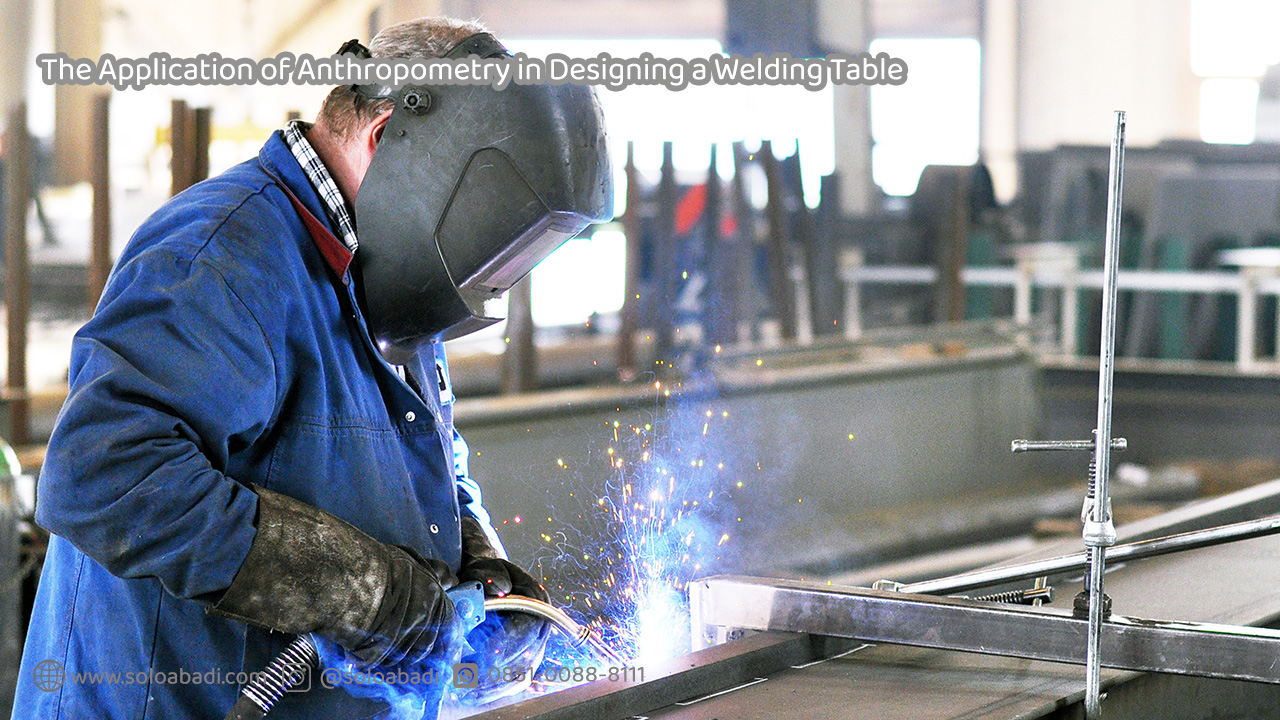In the previous article, we discussed the Anthropometric Aspects that were taken into account in the Design of a Wheelchair Model for the Elderly. On this occasion we will discuss the application of anthropometry in designing welding tables.
What is Welding?
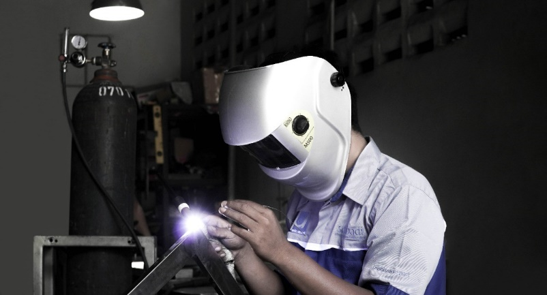
Welding is a metal joining technique by melting some of the metal through heating. Basically, welding uses a diffusion process, so that there is a unification of the parts of the material to be joined. Welding is currently one of the most needed activities, because most industries use welding as a metal joining process in the assembly or assembling process.
In the previous article, we discussed the Anthropometric Aspects that were taken into account in the Design of a Wheelchair Model for the Elderly. On this occasion we will discuss the application of anthropometry in designing welding tables.
Do You Already Know The Different Types of Welding?
Welding is divided into several types, including :
- Shielded Metal Arc Welding (SMAW)
- Gas Metal Arc Welding (GMAW)
- Gas Tungsten Arc Welding (GTAW)
- Submerged Arc Welding (SAW)
- Flux-Cored Arc Welding (FCAW)
Of course, the types of welding are used based on the needs and the type of metal material to be welded or determined based on the strength of the construction. In general, Shielded Metal Arc Welding (SMAW) and Gas Metal Arc Welding (GMAW) are the most widely used types of welding.
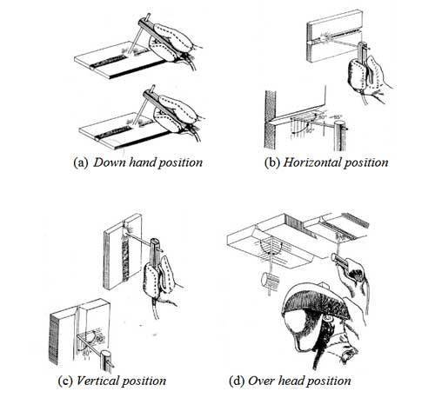
In some welding processes, a welder usually requires a work table in the welding process. The work table is useful for facilitating the welding work process.
For example in welding that uses arcs, namely Shielded Metal Arc Welding (SMAW) or electric arc welding. This welding work has various types of work positions starting from the position under the hand (downhand), the horizontal position (horizontal), the vertical position, and the position above the head (overhead).
The Importance of Applying Anthropometry in Designing a Welding Table
Heavy workload, non-ergonomic equipment design, and bad work posture can cause the risk of developing Musculoskeletal Disorder (MSDs) and early fatigue (Sarmauly, 2009). Musculoskeletal Disorder (MSDs) are disorders in body structures, such as muscles, joints, tendons, ligaments, nerves or the blood circulation system, which are caused by work performance and caused by the work environment (Podniece, 2007).
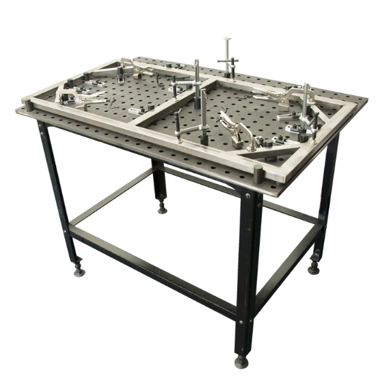
The design of the welding table that does not pay attention to ergonomic aspects based on anthropometric studies will be detrimental to its users. Starting from easy pain in muscle tissue and obstruction of blood circulation, especially if the welding work takes a long time.
Body Part Size Considered in Designing The Welding Table
Anthropometric measurements are carried out by measuring the body parts needed to design a table, namely, standing elbow height (TSB), elbow length (PS), hand reach (JT), upper arm length (PLA), along with how to measure these body parts (Sritomo Wignjosoebroto, 2000) :
- Elbow height standing (TSB), elbow height in an upright position
- Elbow length (Ps), the length of the elbow which is measured from the elbow to the tip of the radius in an upright position
- Hand reach (M), the distance that the hand stretches forward is measured from the shoulder to the fingertips.
- Upper arm length (Pla), length from elbow to shoulder.
The welding position is not good because the welding table is less ergonomic.
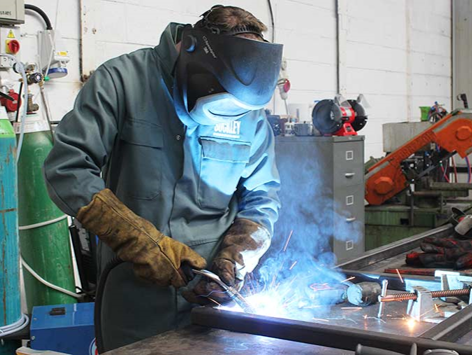
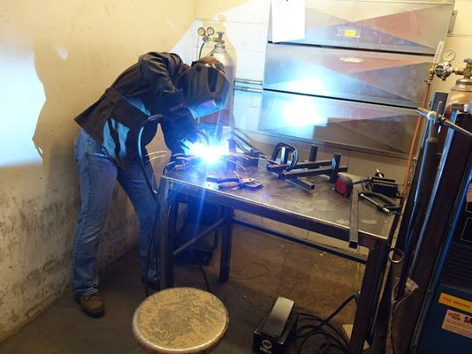
A welding table that is too low in height will cause the welder to quickly experience fatigue because the body has to bend more. Unlike the ergonomic table, the height of the welding table that fits the welder will reduce the risk of fatigue. The fatigue factor due to poor posture will also affect work results.
Tools Used to Measure Anthropometry in Making Tables
1. Anthropometric Chair
The Anthropometric Chair is a tool for measuring 34 Dimensions of the Human Body. This tool makes it easy for us to take measurements that require high precision on body size. This body measuring aid can be used in three parts, namely: standing position, sitting position, and measuring the face area.
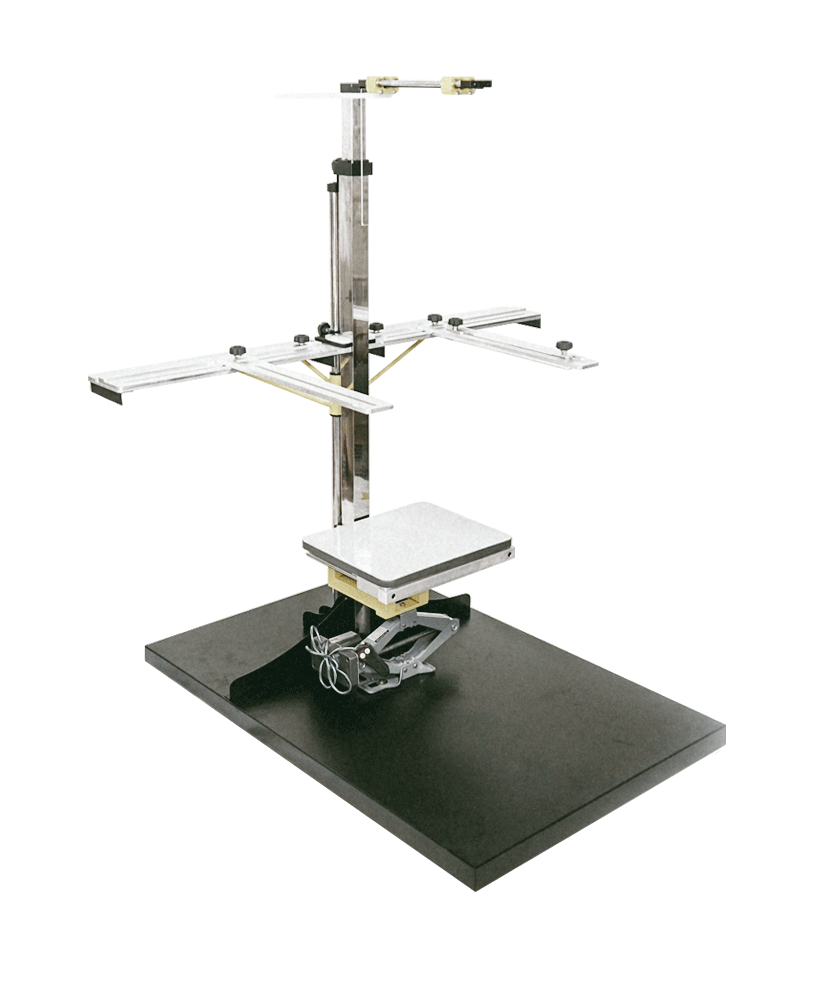
Several types of body measurements are taken using the Anthropometric Chair in designing a welding table :
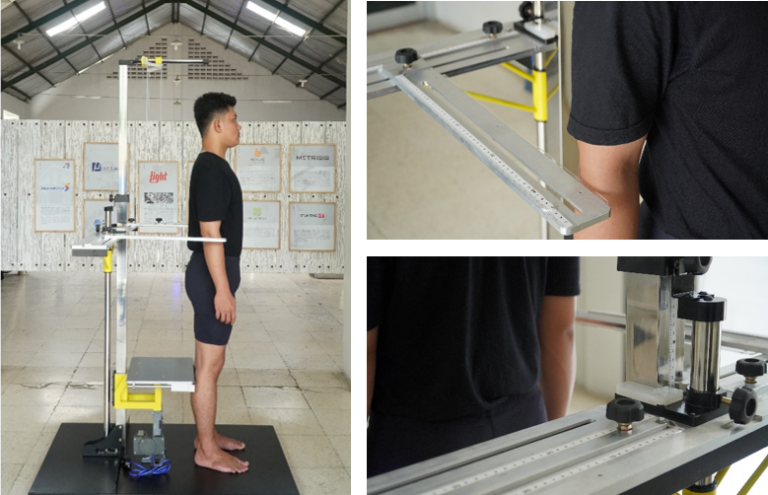

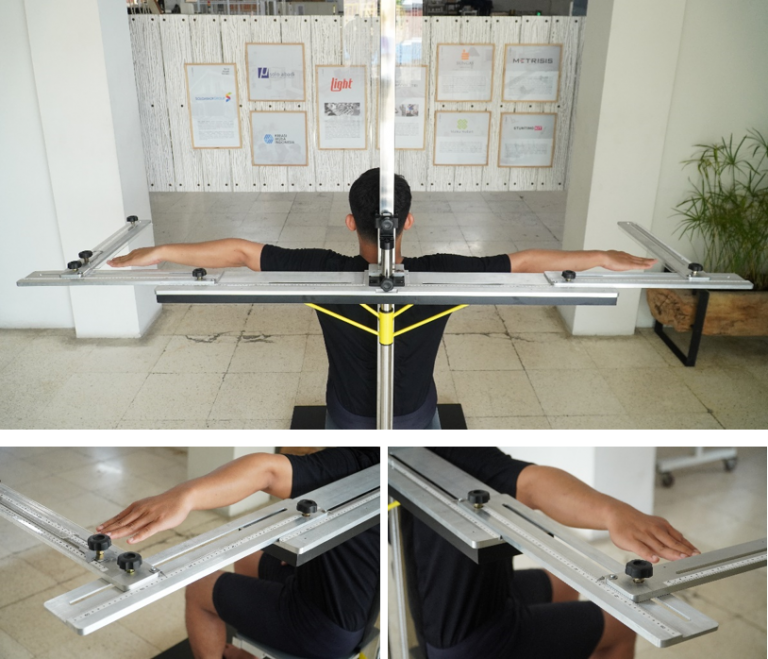
2. Portable Anthropometry Crisis
Portable Anthropometry Kit is an anthropometric measuring tool used for measurements of the human body.
The function of this tool is to carry out anthropometric measurements carefully and prioritize the accuracy of the data. This instrument offers measurement capability of up to 100 measurements. Besides that, its portable form makes this tool can be used indefinitely and carried out anywhere.
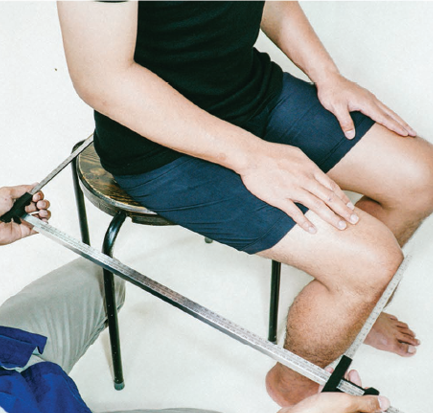
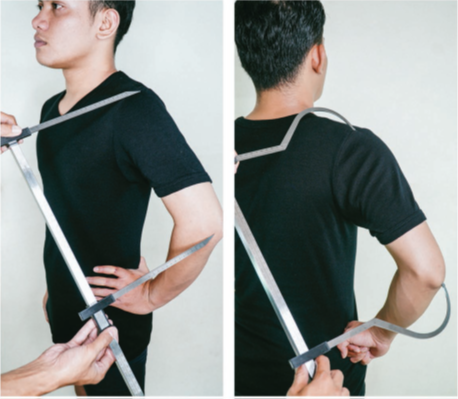
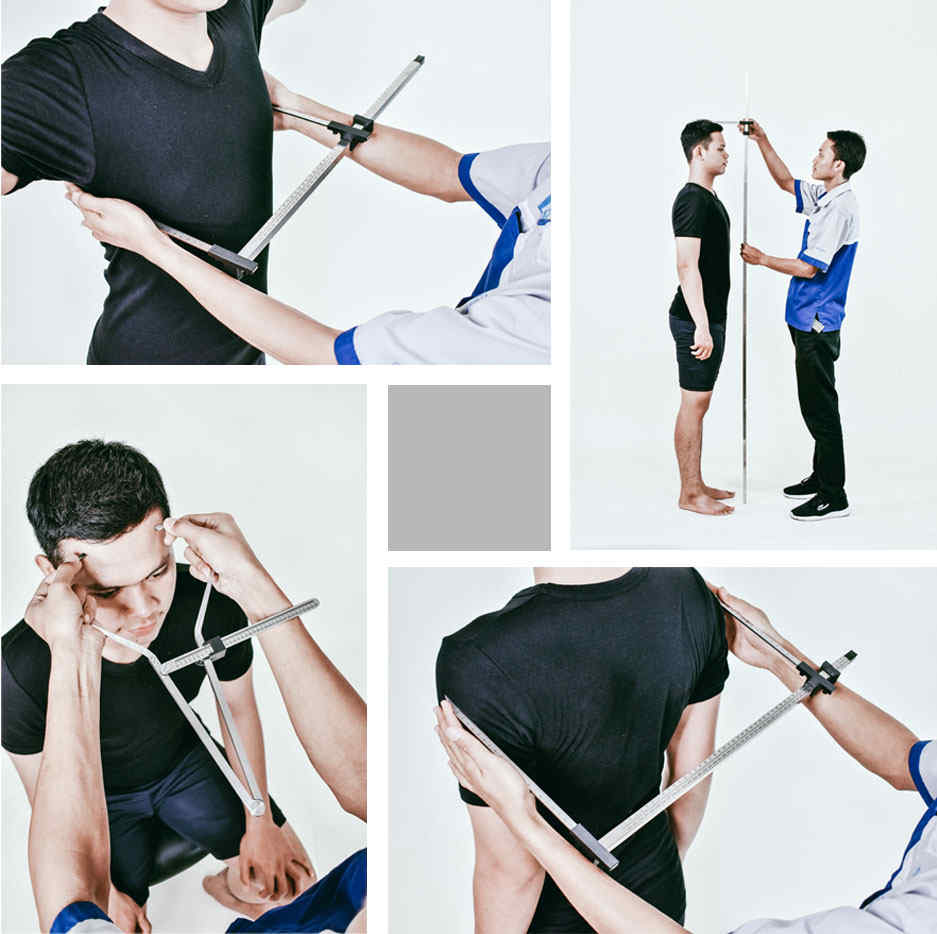
How Do You Get The Products Above?
For those of you who are currently in need of products to support body measuring work, you can use the products above, namely the Anthropometric Chair and Portable Anthopometry from Solo Abadi.
You can also visit our website at www.soloabadi.com or you can also come to our workshop which is located in Solo, Central Java, Indonesia. You can also visit our social media Instagram @soloabadi or you can also contact us if you have questions via WhatsApp. We are ready to serve wholeheartedly and provide the best offer for you.

